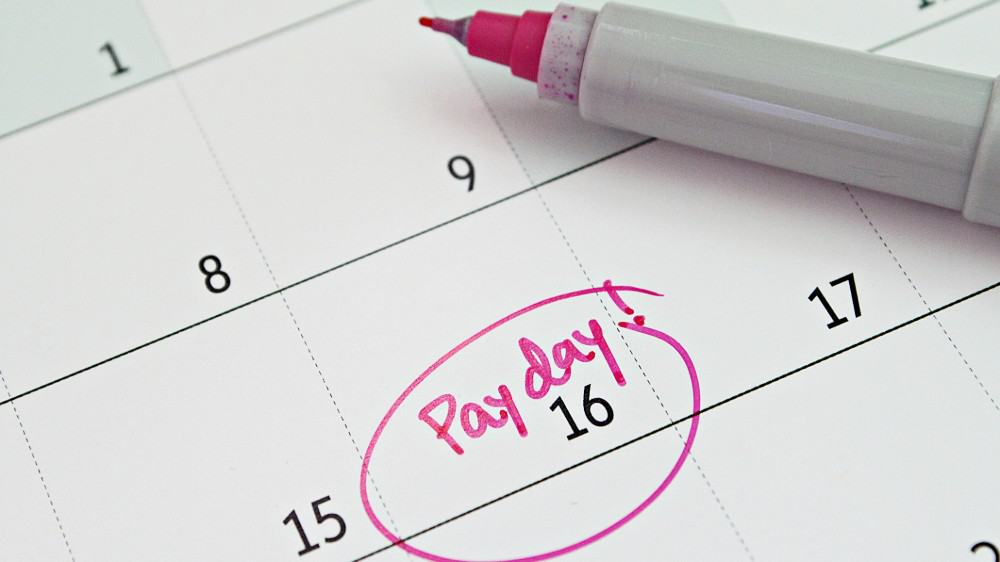Who doesn’t dream about passive income? The thought of sitting back, relaxing, doing nothing, and enjoying a juicy dividend cheque hassle free every month is a pipe dream for many. That being said, how does one actually go about getting a passive-income stream going?
Beyond rental properties, affiliate marketing, or licensing music, there’s a simpler, yet overlooked way of earning passive income. It involves combining your Tax-Free Savings Account, or TFSA plus a high-yield exchange-traded fund, or ETF. Here’s how to get started.
Step #1: Contribute to a TFSA
If you’re looking to maximize your passive-income potential, you’ll want to prioritize your TFSA. This is because Canadian dividends and interest income earned here and withdrawn are 100% tax free.
Depending on when you were born, you could have up to $88,000 in contribution room if you have never invested in a TFSA prior to 2023. Each year, your TFSA limit will increase.
For 2023, the TFSA contribution limit was raised to a $6,500 from $6,000. If you have the dough, consider contributing the amount and ensuring your TFSA is as maxed out as it can be.
Step #2: Invest in a covered call ETF
Personally, my TFSA is held in a portfolio of low-cost index ETFs, but that’s because my goal is long-term growth, not passive income.
If you want to prioritize high monthly income, a good alternative to index funds and individual dividend stocks is something like BMO Covered Call Canadian Banks ETF (TSX:ZWB).
Here’s how ZWB works. First, the ETF holds all of the “Big Six” Canadian bank stocks in equal weights. Then the ETF sells covered call options against them to generate additional income.
The covered call options basically convert future share price appreciation of the underlying Big Six bank stocks into an immediate cash premium. You’re trading long-term growth for present income.
Finally, the covered call premiums are combined with the regular quarterly dividends from the Big Six bank stocks and paid out to investors on a monthly basis.
Step #3: Calculate payout
ZWB currently has an annualized distribution yield of 7.31%. Assuming ZWC’s most recent December monthly distribution of $0.11 and current share price at the time of writing of $18.41 remained consistent moving forward, an investor who buys $88,000 worth of ZWC could expect the following monthly payout:
| COMPANY | RECENT PRICE | NUMBER OF SHARES | DIVIDEND | TOTAL PAYOUT | FREQUENCY |
| ZWC | $18.41 | 4,780 | $0.11 | $525.80 | Monthly |
That being said, sinking $88,000 into ETF holding just six Canadian bank stocks isn’t the best for diversification. Consider augmenting ZWB with a few key Canadian dividend stock picks from other industries (and the Fool has some great suggestions for those down below).










